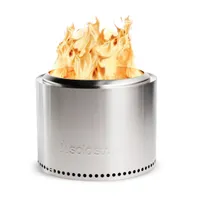Can I have a fire pit in my backyard? I asked experts for the laws (and etiquette) you should know about
The right things to do when using your backyard fire pit
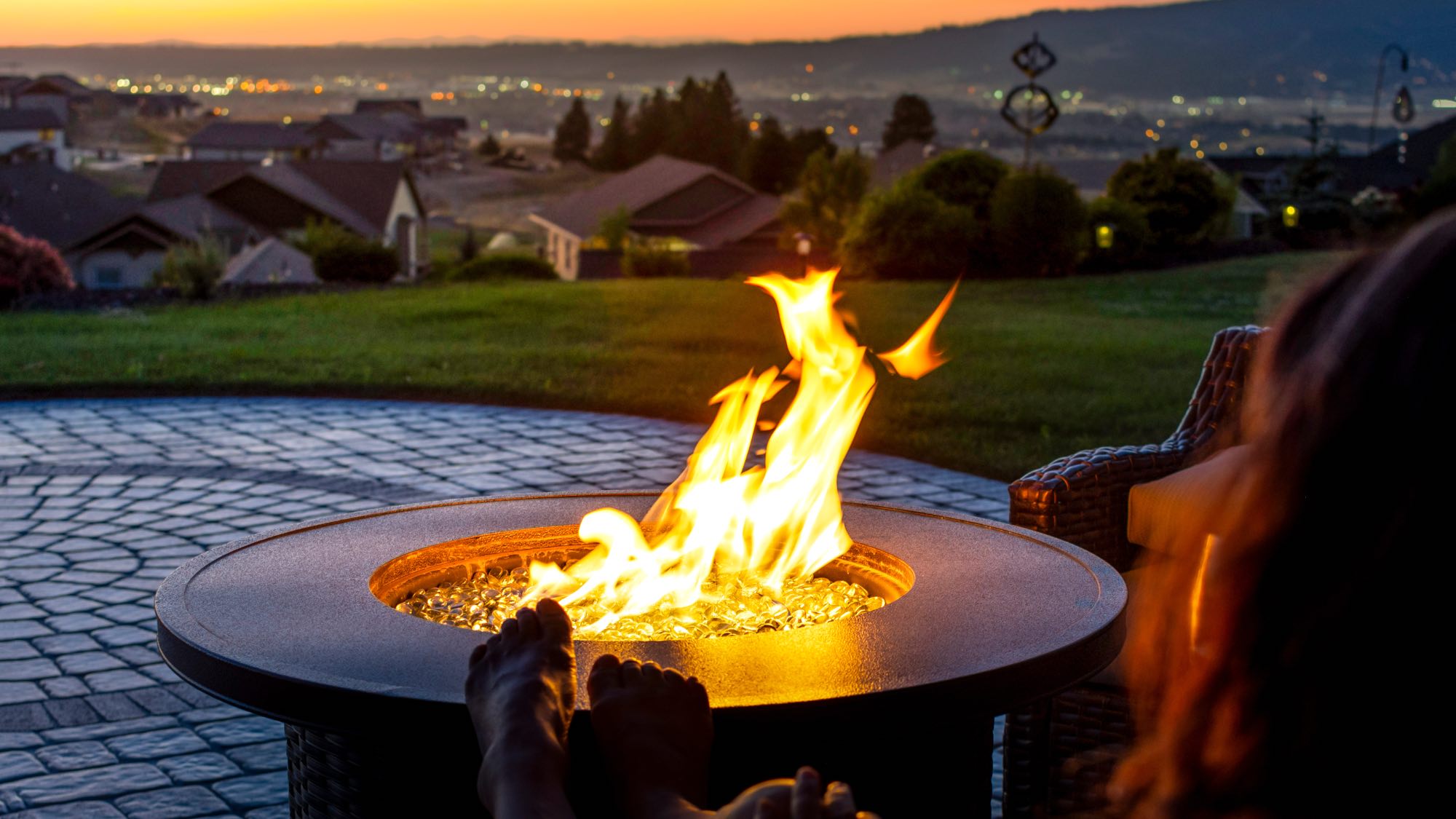
The days are getting shorter and the evenings are chilly, but there’s still time to make good use of one of the best fire pits. Put on a few layers and gather outside with friends and family to enjoy the warm glow. And don’t forget the marshmallows, for the ultimate fire pit treat.
However, before you get yourself set up with a fire pit, there are a few things you need to know to stay safe and keep your neighbors from complaining. Once you're aware, your evening will be full of fun without an unfortunate accident or the hindrance of smoke fumes blowing over into next door's backyard. I called on fire pit and yard experts to share their top tips for staying safe and within the law when using a fire pit.
1. Check local regulations
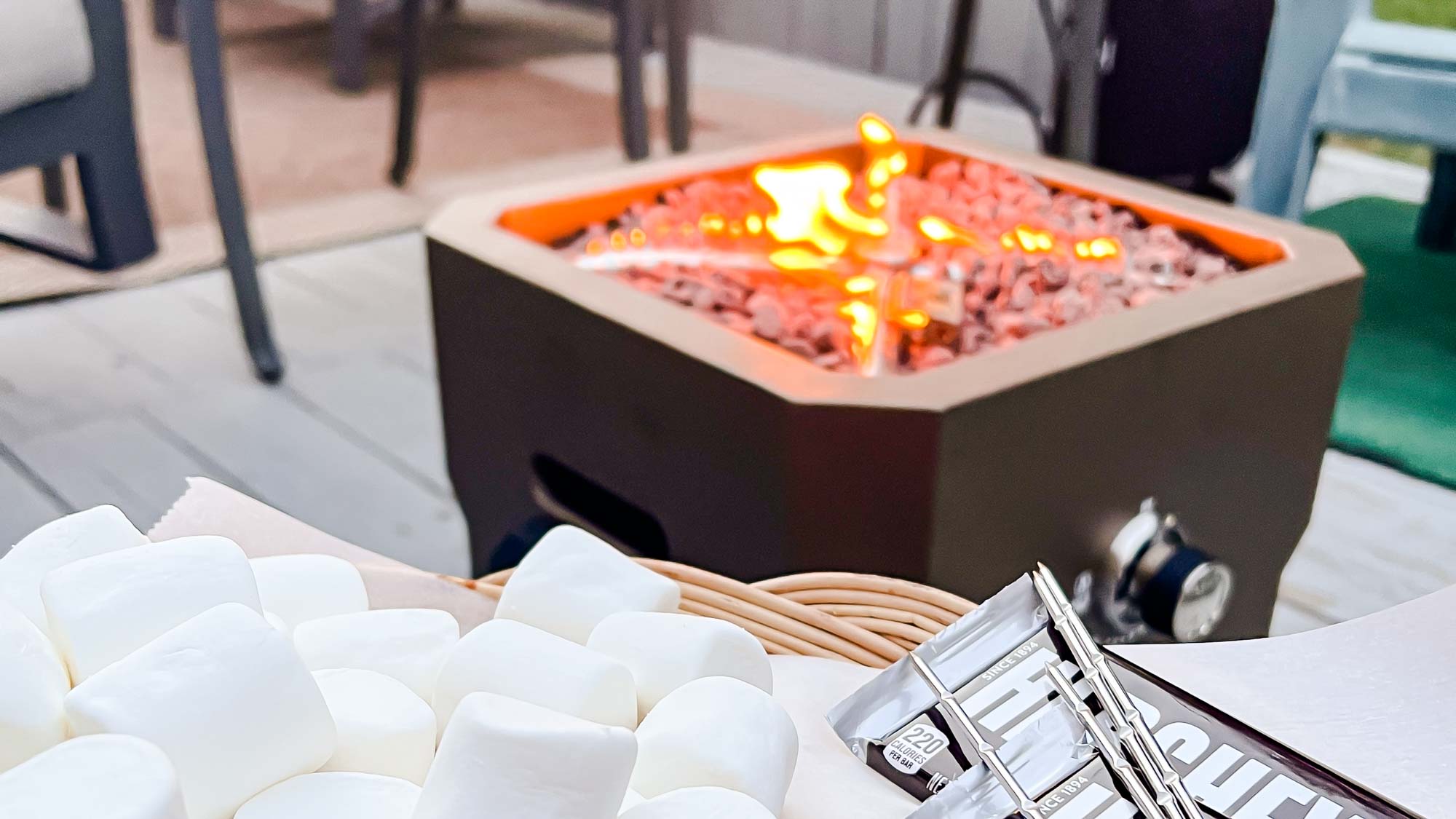
Before even beginning to think about using a fire pit, it’s best to check out the regulations. However, they vary region to region, so you need to know where to look. In fact, it's very similar to the rules around cutting your neighbor's overhanging bushes, which also vary depending on where you live.
“Municipal codes are inconsistent at best, often differing between neighboring zip codes,” explains Danny Niemel, Vice President and CFO at ArDan Construction.
Niemel recommends checking your local fire department and city or municipal building department website. "They often have a two-page 'open burning' guidelines sheet listing what type of fuel you can burn, clearances to other structures and fuel limits, and procedures for acquiring any needed burn permits,” he adds.
Niemel also suggests carefully checking the regulations to avoid a hefty fine. “In Arizona, for example, the county air quality office administers the burn bans independently of the city’s fire code. I recommend double-checking those websites before purchasing a product because fines could be over $500 per violation, and insurance coverage could be invalidated if the local code is violated."
So, rather than relying on the guidelines stated on the fire pit's manufacturer's label, he says the fire marshal’s checklist carries far more importance.
Get instant access to breaking news, the hottest reviews, great deals and helpful tips.
There are also further steps you should take if you are part of an HOA or a renter. So, check your HOA paperwork or lease to ensure you stay on the right side of the law.
2. Time restrictions apply
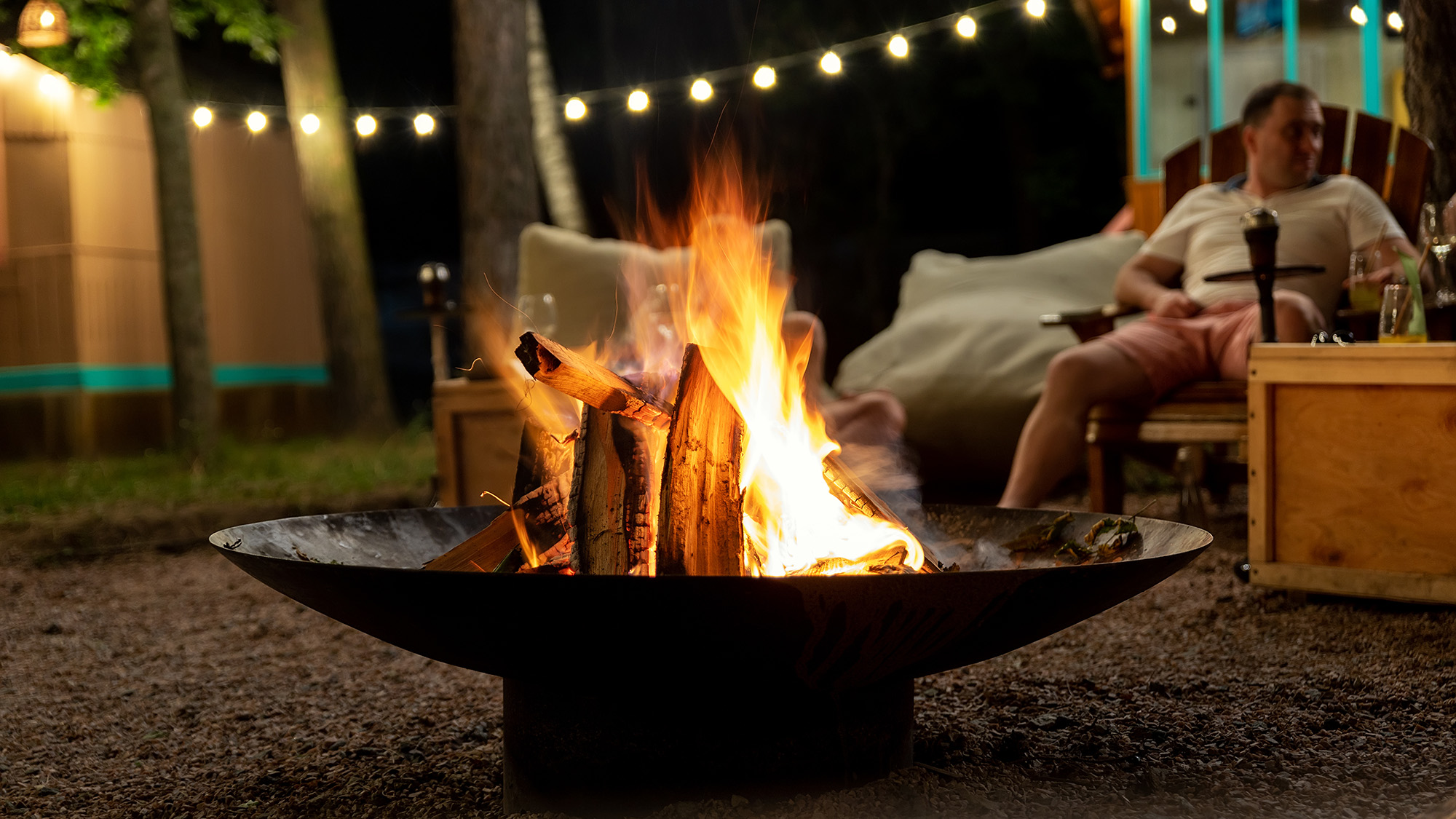
Burn curfews are restrictions based on air quality indexes rather than clock hours.
If you like to party into the early hours, you could be making a big mistake. Apart from keeping your neighbors up, you’re very likely to break local regulations.
“Cities often prohibit open burning from midnight to 6 a.m. to minimize smoke complaints and reduce the liability of overnight supervision,” says Niemel.
You’ll also need to be aware of what Niemel refers to as “burn curfews”. These are restrictions based on air quality indexes rather than clock hours. “A Level 2 burn restriction may suspend all wood burning for a period of 24 hours,” he explains.
“Practically speaking, homeowners can light a pit at 7 p.m. but need to put it out by 10 p.m. on high-risk days and nights. So, while time restrictions may seem innocuous, they impact whether you get cited or covered if a rogue ember crosses a property line,” he explains.
There are local resources you can use to find out more about no-burn days, which also apply to wood-burning fireplaces and stoves. An example of such guidelines are the ‘Check Before You Burn’ details specific to the U.S. South Coast and recommended by Jonathan Espinoza, Developer and SEO specialist at Kord Fire Protection.
3. Where to position your firepit
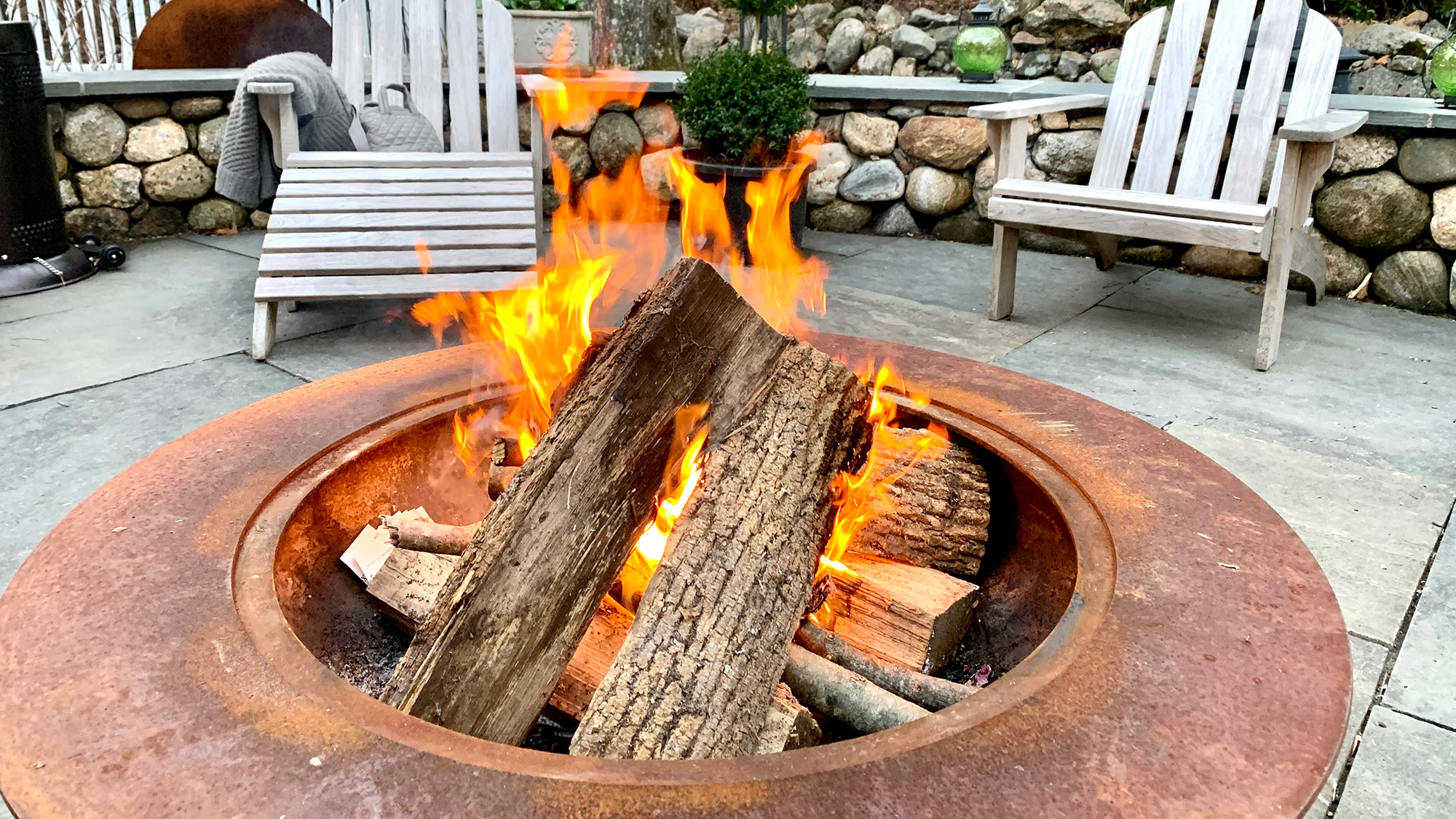
Much of placing your firepit comes down to common sense, but as a general guide, Niemel explains, “A safe clearance is at least 10 feet from a structure or fence, 15 feet from combustible overhangs like trees or patio covers, and 25 feet from neighboring property lines if feasible.”
If you're placing your fire pit on a patio, Niemel says the base should be a flat, non-flammable surface, such as concrete or pavers. However, you should avoid placing it on grass or wood decking.
Niemel also warns against other hazards: “Tree branches can ignite from radiant heat exposure alone, even if the flame does not make direct contact with foliage. It is a good idea to look up before you light up,” he adds.
The Solo Stove Bonfire is the best smokeless fire pit in our buying guide. Its stainless steel design, allows great airflow for a steady smokeless burn. Easy to assemble, it also comes with a handy, removable ash tray to make cleaning a breeze. It also has a lifetime warranty.
4. Be careful what you burn
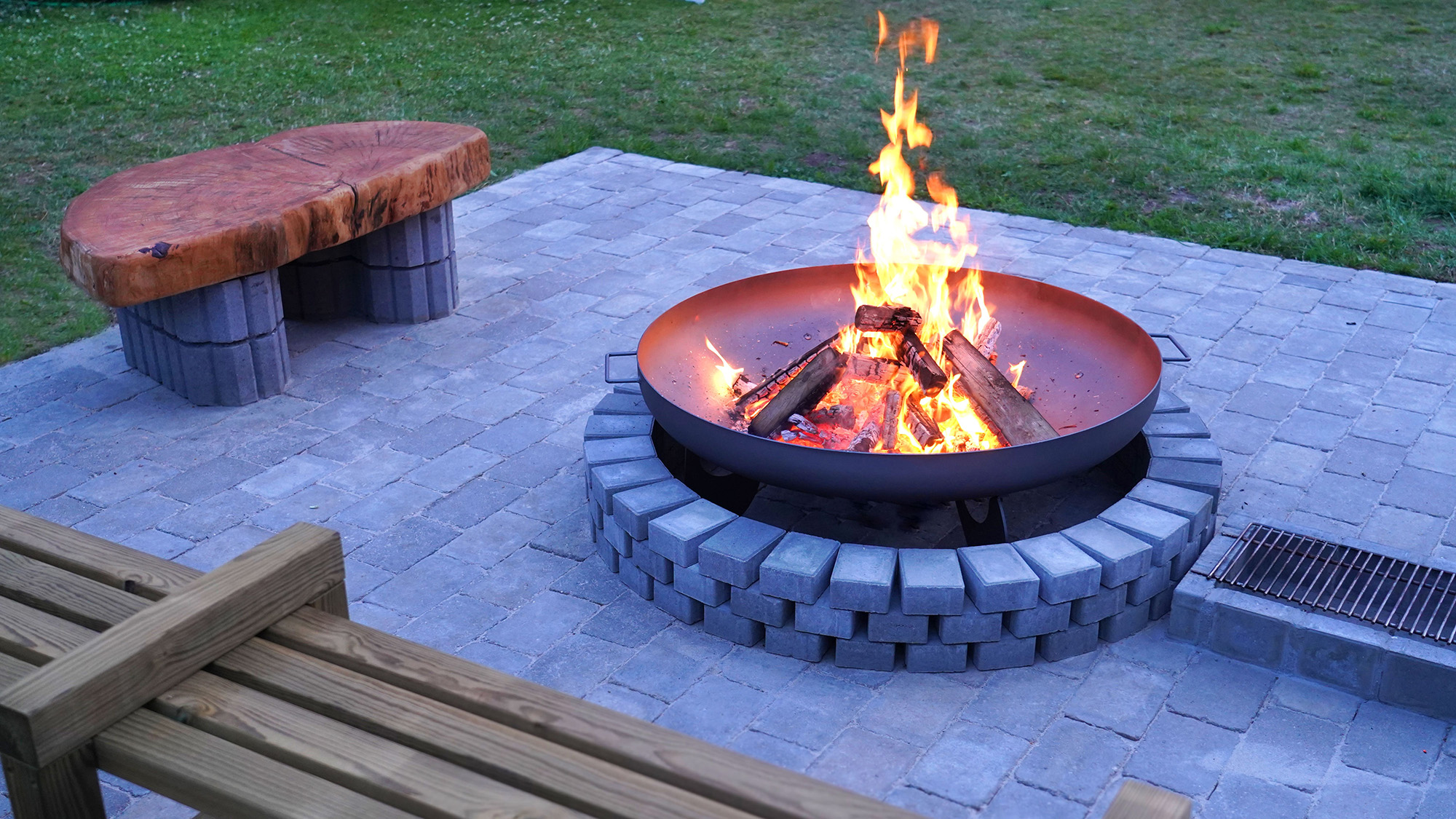
To stay safe when burning, Espinoza always recommends using store-bought dry wood. “Propane and natural gas can also work, but they lack the charm of burning dry firewood,” he adds.
And Niemel warns, “Pressure-treated lumber, cardboard, plastics and yard debris will give off toxins and be in violation of both environmental and fire codes. I tell customers that if they would not grill a hot dog over it, do not burn it.”
And according to Ben Ashton, CEO of Rocky Mountain Turf, you should never burn yard waste or hazardous items, like batteries. Trash is also out of the question and will result in a fine if you are caught.
5. Check the weather
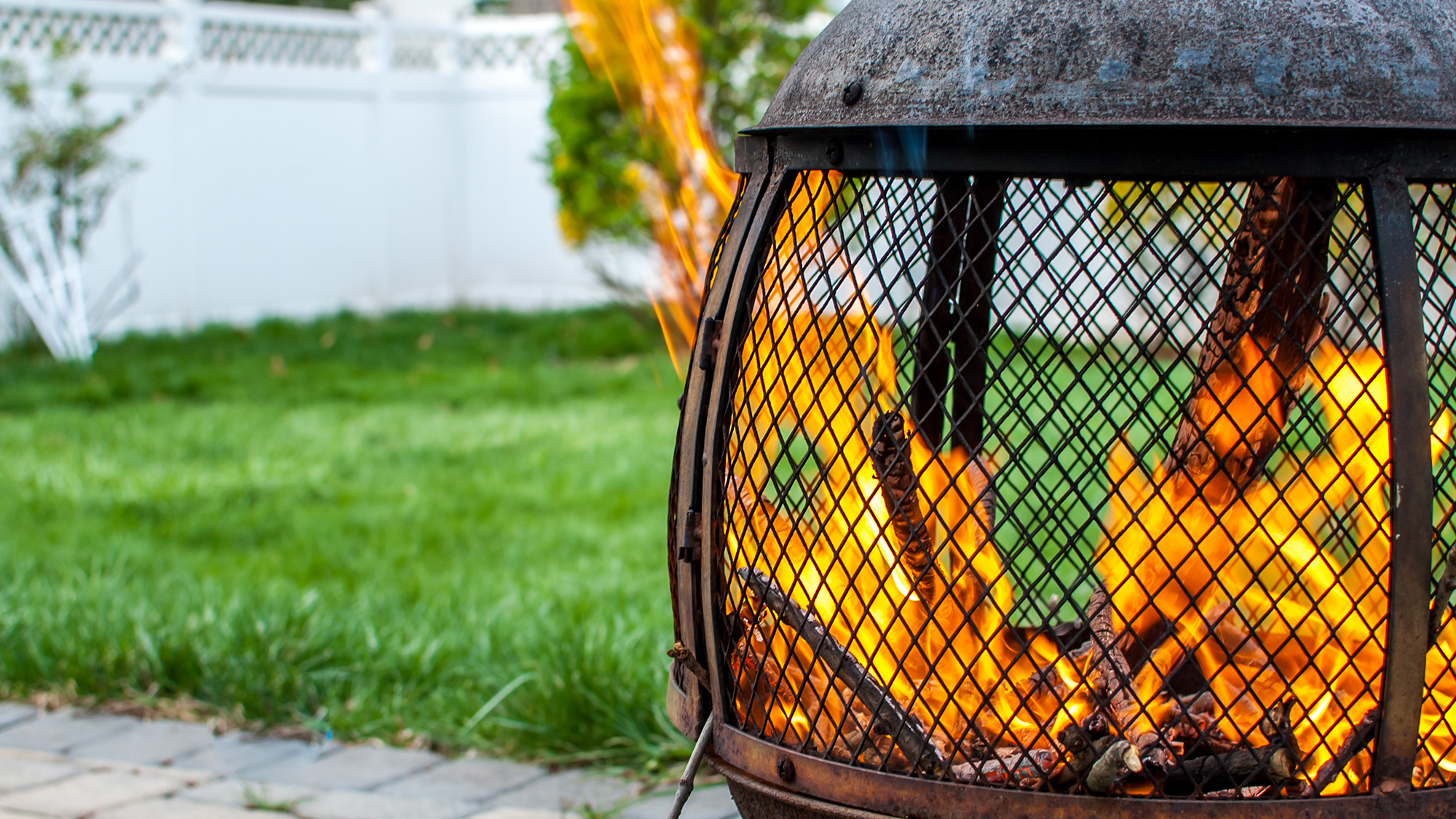
Pay attention to the weather forecast before lighting a fire pit, as on a windy day, one small spark can catch in the wind and cause a fire.
“Dry, windy days, especially after weeks without rain, are always high-risk for wildfires,” says Ashton, “Your weather app will often include fire warnings, and you should definitely pay attention to them.”
6. Don't leave it unattended
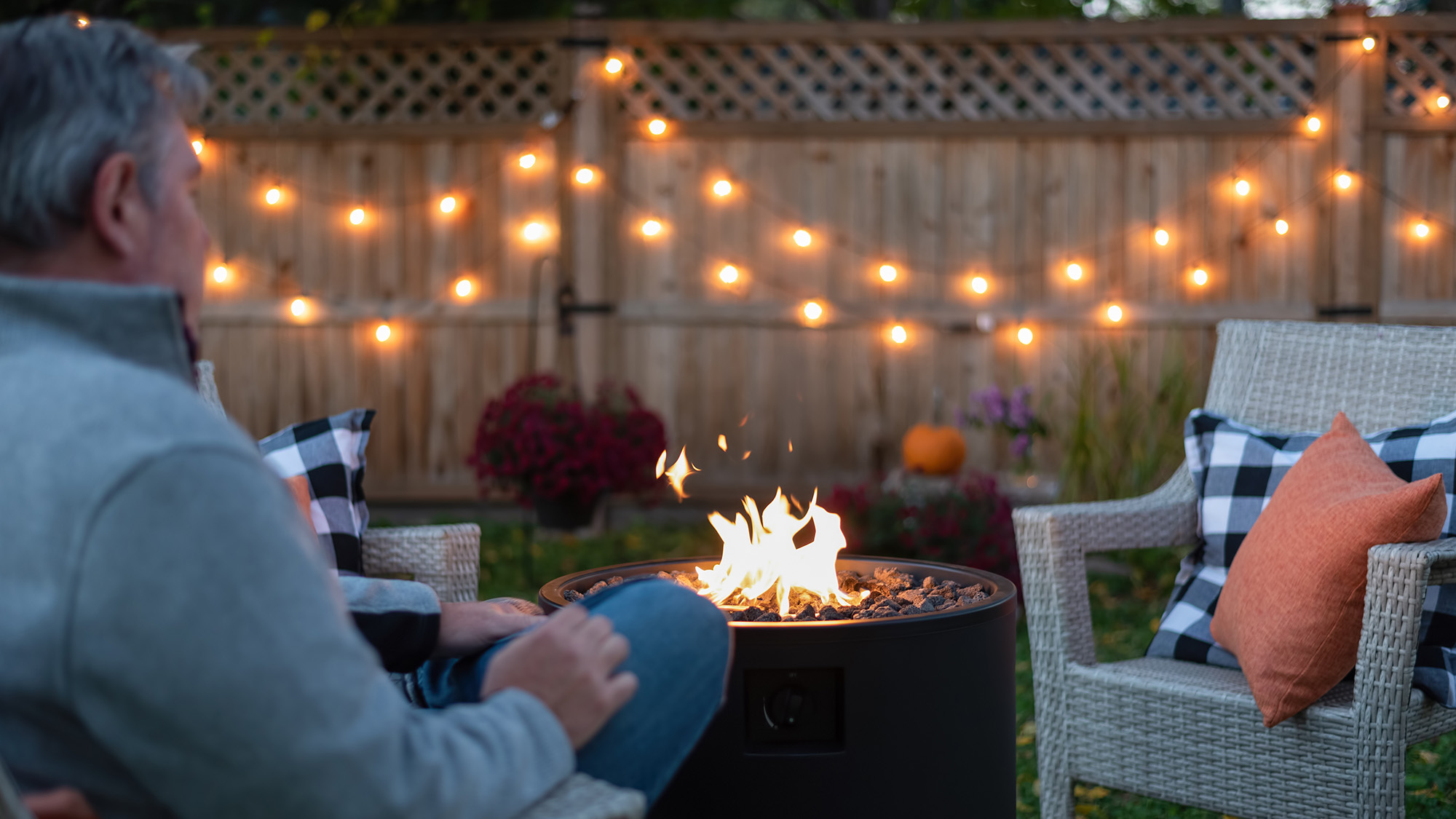
To get the most out of your fire pit and stay safe, it’s best to follow some simple rules.
“If you’re drinking with friends, be mindful of alcohol consumption and show respect to the fire pit,” says Espinoza, “If there is a flicker of embers, it is still a risk until it’s extinguished.”
The main priority is to never leave an open flame unattended, with Niemel adding, “Adults should be within 10 feet of the active pit, and children and pets should be outside a 3-foot safety radius.”
Once the fire pit is cold to the touch, he suggests covering it with a steel lid or mesh guard.
“A good many municipalities have an ordinance that technically requires a 'responsible adult present' during the burn, and most insurance carriers use those same standards as guidelines for processing outdoor fire claims,” he says.
7. Be prepared to put out the flames
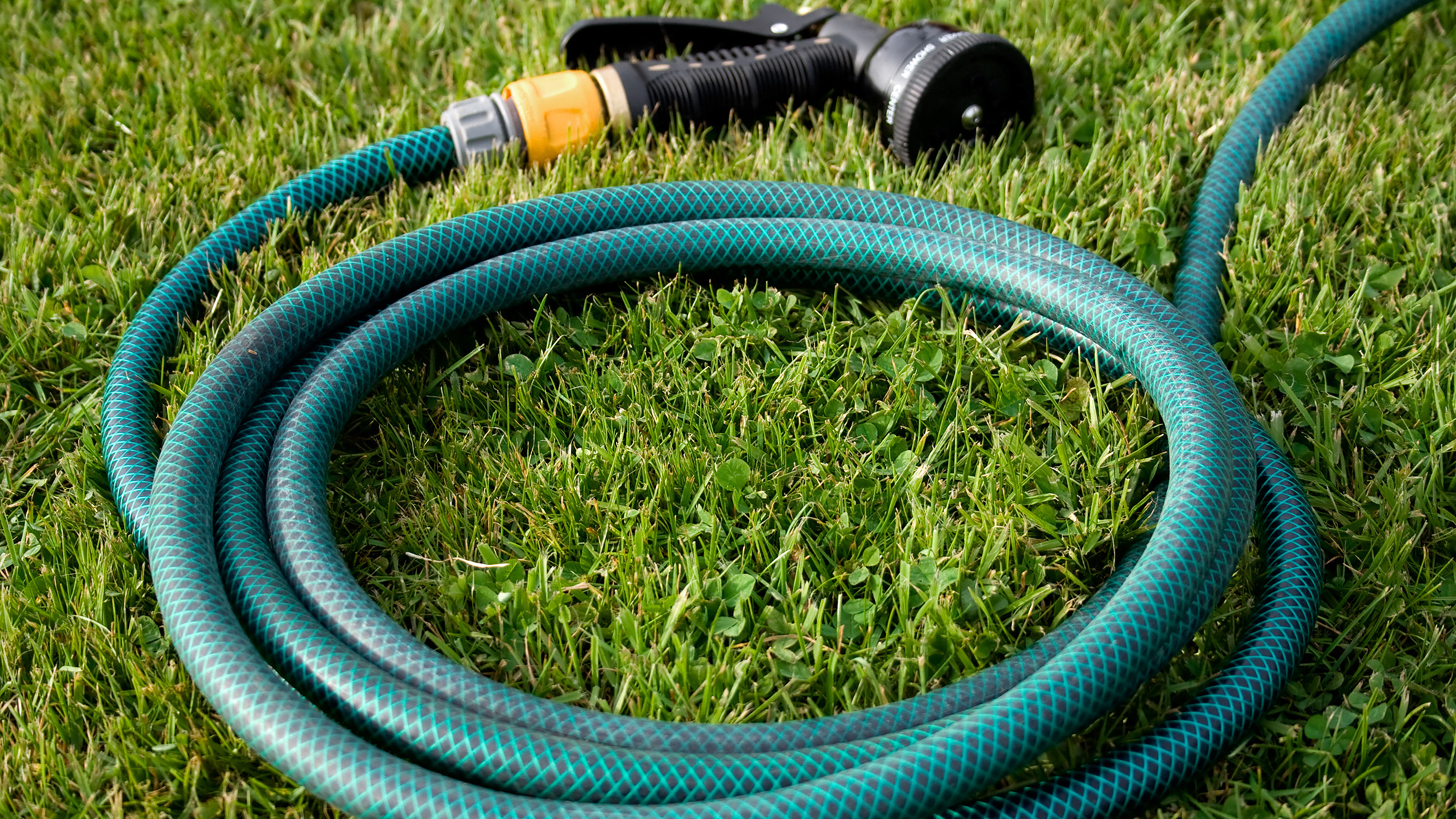
To ensure you stay safe when using a firepit, it’s advisable to have a backup plan if things go wrong, and to get some equipment in place before you light up.
Niemel recommends having a working hose or a five-gallon bucket of water to hand within 15 feet of your fire pit, along with a shovel and a metal lid for smothering embers.
And if you run a gas fire pit, he says, “Sand works very well for gas pits because it does not cause thermal shock to ceramic fire stones.”
He also suggests keeping a Class B-C extinguisher nearby. “They cost about $25 and work on both flammable liquid and gas fires,” he says.
And he leaves us with a final piece of advice: “Fire pits should never be left alone until they have had at least 30 minutes to cool because embers can remain at ignition temperature (about 600°F) for up to 40 minutes after flames appear to be extinguished.”

Follow Tom's Guide on Google News and add us as a preferred source to get our up-to-date news, analysis, and reviews in your feeds.
More from Tom's Guide
- Best grills in 2025
- Best patio heaters in 2025
- Ninja just launched its first ever firepit — meet the Ninja Fireside360

Camilla is the Homes Staff Writer and covers everything to do with homes and gardens. She has a wealth of editorial experience, mounting over 30 years, and covers news and features, tests products for reviews and compiles buying guides.
Her work has appeared in business and consumer titles, including Ideal Home, Real Homes, House Beautiful, Homebuilding & Renovation, and Kitchen & Bathroom Business. She’s even appeared on the cover of Your Home, writing about her own house renovation.
Although she’s obsessed with decorating her home, she also enjoys baking and trying out the latest kitchen appliances. But when she’s not inside, you’ll find her pottering about in her yard, tending to her vegetable patch or taking in her prized hydrangeas.
You must confirm your public display name before commenting
Please logout and then login again, you will then be prompted to enter your display name.
